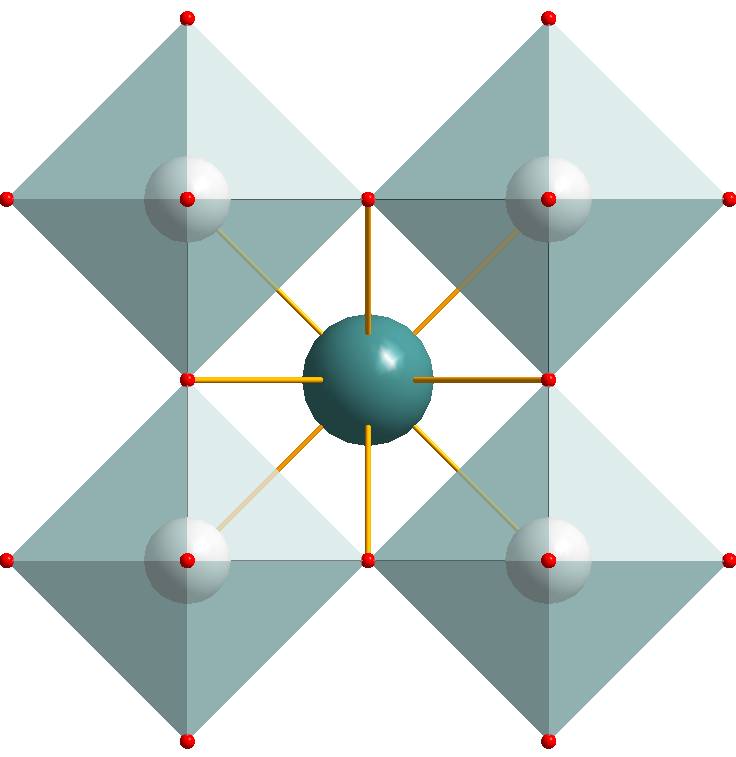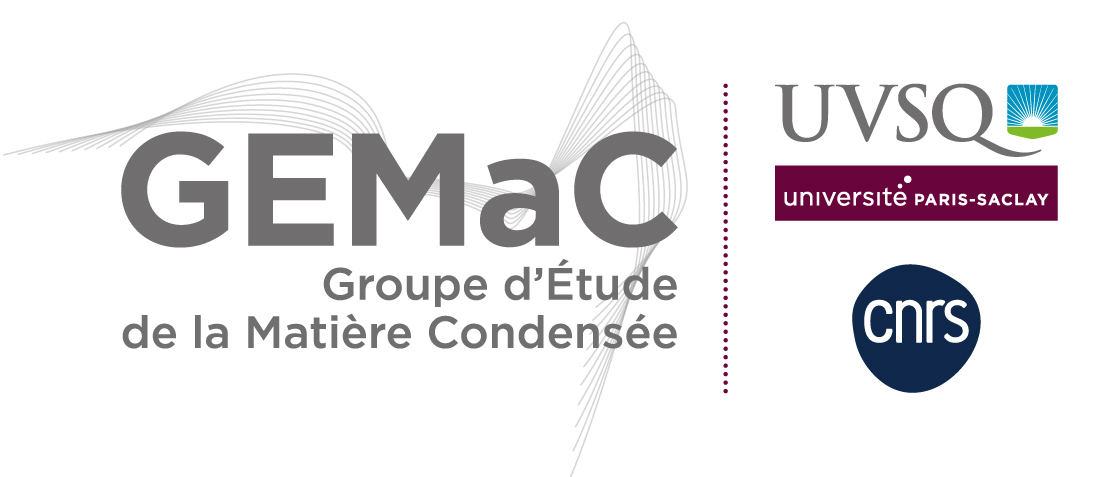One of the research activities of the Axis 2 is centred on the growth, study and engineering of the fundamental properties of functional oxides of transition metals.

More specifically, we synthesize, combine and study ternary oxides in thin film form, such as perovskites ABO3 and garnets A3B5O12. These oxides have a multitude of remarkable and often coupled properties, such as magnetism, superconductivity, giant magnetoresistance, the metal-insulator transition, piezoelectricity, etc.
One of the major current challenges of the research lies in the control and manipulation of the fundamental interactions governing the electronic properties of these oxides, in order to control the functionalities at room temperature.
The originality of our team is related to our experimental developments (in film growth and in physical properties measurements) around the engineering of complex oxides allowing us to create "tailor-made" materials thanks to our long experience of
pulsed laser deposition (PLD). In these materials, we induce and study the functional properties of interest, such as for example the magnetoelectric coupling, the metal-insulator transition, magnetism and semiconductivity, the two-dimensional interface conductivity (2D electron system), etc.
Our skills range from the synthesis of materials and their physicochemistry in thin films, to the studies of their physical properties, via specific instrumental developments. The latter are used to follow the growth of functional oxides in real time, and for the investigation of their magnetic, optic, magneto-optic and magneto-transport properties.






 More specifically, we synthesize, combine and study ternary oxides in thin film form, such as perovskites ABO3 and garnets A3B5O12. These oxides have a multitude of remarkable and often coupled properties, such as magnetism, superconductivity, giant magnetoresistance, the metal-insulator transition, piezoelectricity, etc.
More specifically, we synthesize, combine and study ternary oxides in thin film form, such as perovskites ABO3 and garnets A3B5O12. These oxides have a multitude of remarkable and often coupled properties, such as magnetism, superconductivity, giant magnetoresistance, the metal-insulator transition, piezoelectricity, etc.